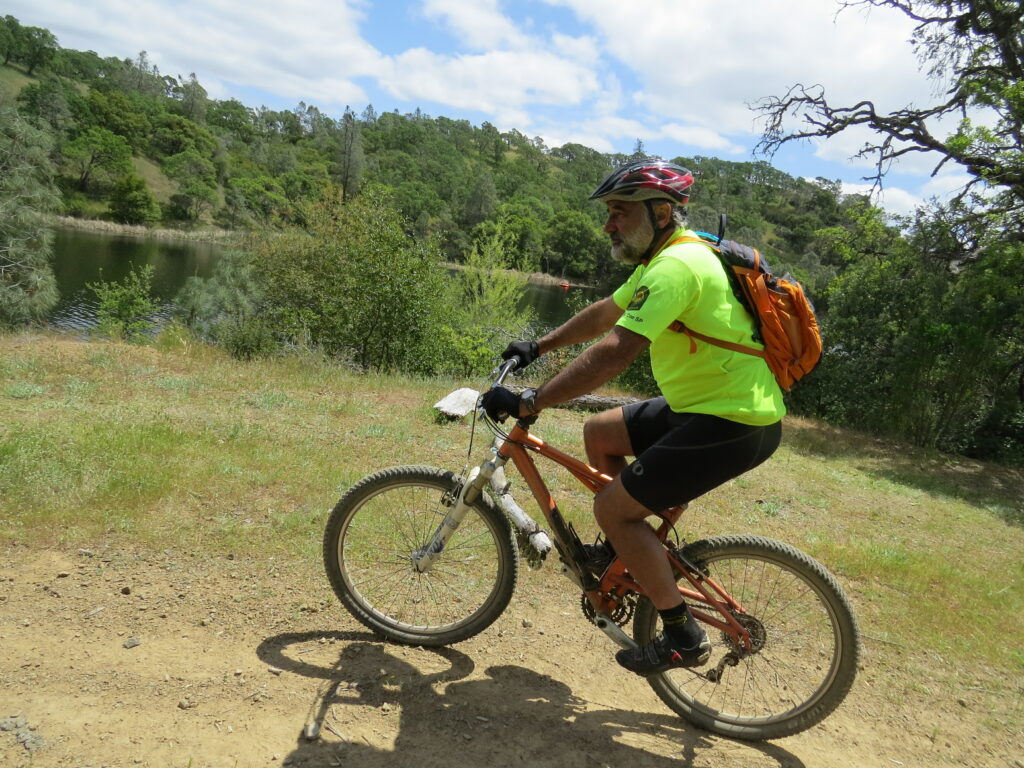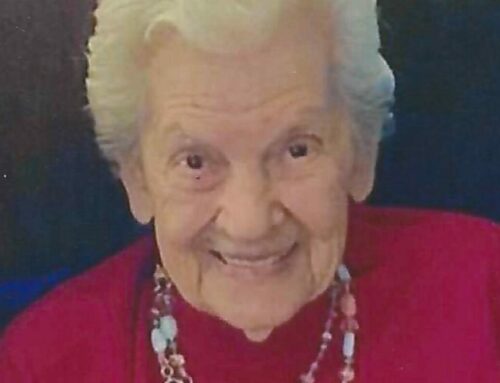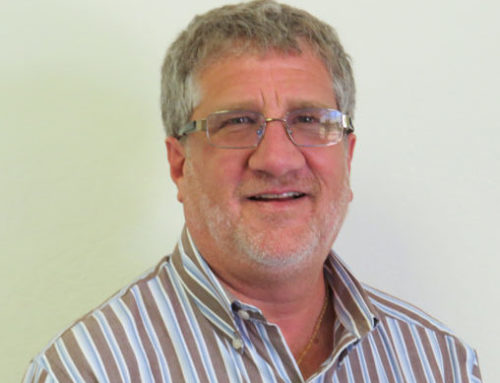The future of OHVs in Coe will be decided by California State Parks
![]()

Hikers traverse a trail near Rooster Comb in Henry W. Coe State Park’s Orestimba Wilderness. The park is a hidden gem in Santa Clara County.
Photo courtesy Ron Erskine
By Calvin Nuttall

Calvin Nuttall
“May these quiet hills bring peace to the souls of those who are seeking.”
Those are the words of Sada Coe Robinson, inscribed on the monument to her father, Henry Willard Coe Jr., after she donated her family’s ranch to the County of Santa Clara in 1953 for the establishment of a public park.
For Sada, and many like her, those are the characteristics that define the land we now call Henry W. Coe State Park — a place of quiet, peace and contemplation. Coe’s vast and varied landscapes offer a serene escape from the chaos of Silicon Valley life, close in proximity but impossibly remote in character. Unfortunately, there are those who believe this land is wasted by allowing it to remain so.
Led by the California Off-Road Vehicle Association, an initiative is underway to develop Coe for use as a recreation area for off-highway vehicles including ATVs, motorcycles, three-wheelers, trail bikes, and 4x4s. Such development would run counter to the purpose of the land’s original bequeathment. It would fundamentally devalue the park by shattering the characteristics that make Coe unique.
This push began after the cancellation in August 2021 of a project to expand the Carnegie State Vehicular Recreation Area in Alameda County. A state commission found that area to be too ecologically sensitive and halted the development to protect its biodiversity, as well as its culturally and historically significant sites. The incorporation of the 3,100-acre Alameda-Tesla Expansion Area would have tripled the size of the recreation area, and its cancellation left OHV enthusiasts and advocates in the lurch.
As an apparent compromise for the canceled project, language later appeared in California State Senate Bill 155 allowing for all state park and state recreation area lands to be considered for OHV expansion, specifically naming Coe as a prime example of an “underutilized” park to be explored as an option.
CORVA managing director Amy Granat, the foremost spokesperson on the OHV side of the debate, characterizes members of the nonprofit Pine Ridge Association as a cabal conspiring to keep access to Coe as exclusive as possible.
 “They use it as kind of a private club, so they have access all the time,” Granat said in an interview with SFGATE.com which covered the issue in February. “Their friends and family have access, but Californians are paying for it, and Californians don’t have access to it. California state parks should be enjoyed by Californians.”
“They use it as kind of a private club, so they have access all the time,” Granat said in an interview with SFGATE.com which covered the issue in February. “Their friends and family have access, but Californians are paying for it, and Californians don’t have access to it. California state parks should be enjoyed by Californians.”
The implication the PRA abuses its access to Coe is not only insulting to the group’s dedicated members, it also completely mischaracterizes the PRA’s role, whose mission is to enhance visitor experience through park and school programs, events, publications, etc. They also provide financial support for interpretive projects and restoration of historic structures within the park. In other words, the PRA exists to make Coe more accessible, not less. And indeed, all Californians have access to Coe, as it is a public park.
The suggestion Coe is “underutilized” demonstrates a fundamental mischaracterization of what gives the park its value. It is a crucial refuge from civilization, necessary both for the protection of cultural history and wildlife, and as an escape from the chaos and noise of traffic and crowds that are ubiquitous in Bay Area life. If those things were to be brought into Coe, it would cease to be a refuge. Physical damage to trails, engine noise, and pollution would irrevocably change the park and chase away wildlife and non-OHV recreationists alike.
 Some would argue Coe’s size at 87,000 acres leaves plenty of room to share. However, one of two things must be true: either development will focus on the easier-to-access sections of the park, which are already used by most non-motorized park visitors; or the deeper, more remote portions of the park will be opened to motorists.
Some would argue Coe’s size at 87,000 acres leaves plenty of room to share. However, one of two things must be true: either development will focus on the easier-to-access sections of the park, which are already used by most non-motorized park visitors; or the deeper, more remote portions of the park will be opened to motorists.
Because much of Coe is rugged and isolated, these deeper reaches are currently opened to limited motorized traffic once a year, for Backcountry Weekend. Readying the park’s rugged old ranch roads for the event is already a huge undertaking. Even with extensive preparation and supervision, vehicles routinely break down as they attempt the epic trek from Bell Station to the Orestimba Corral.
Developing a significant portion of these areas for year-round OHV use would be a monumental task. It would also risk unprepared motorists becoming stranded.
I believe Coe would benefit from expanded accessibility for disabled persons, for whom traversing the park under their own power may not be possible. However, such accommodations are not the same as a wholesale conversion of a portion of the park to OHV access.
The future of OHVs in Coe will be decided by California State Parks. Most concerningly, even if Coe is ultimately spared, the project has opened the door for any California State Park or Recreation Area to be considered for development.
To track the project’s progress and find ways to participate in the process, sign up to get email updates from California State Parks at www.ohv.parks.ca.gov/access.
Calvin Nuttall is a Morgan Hill-based freelance writer and columnist.






